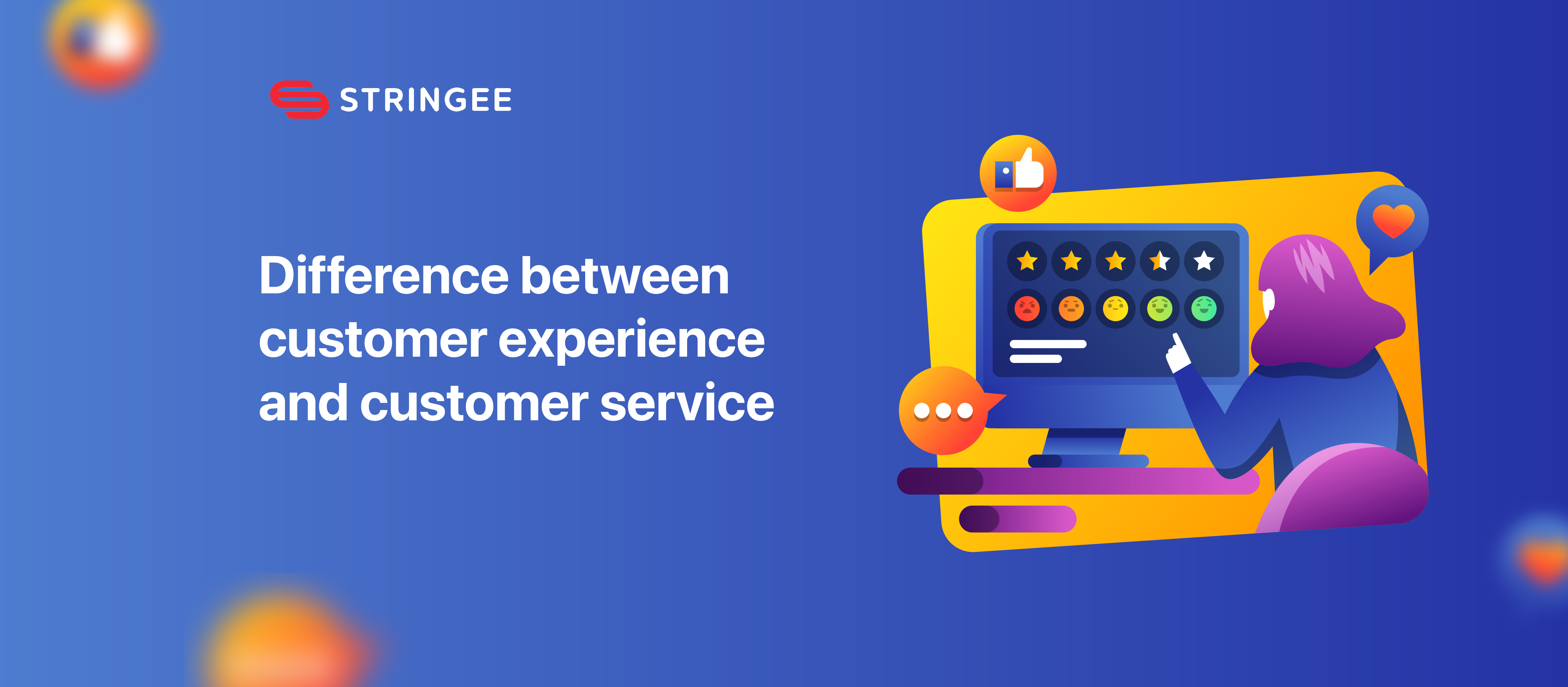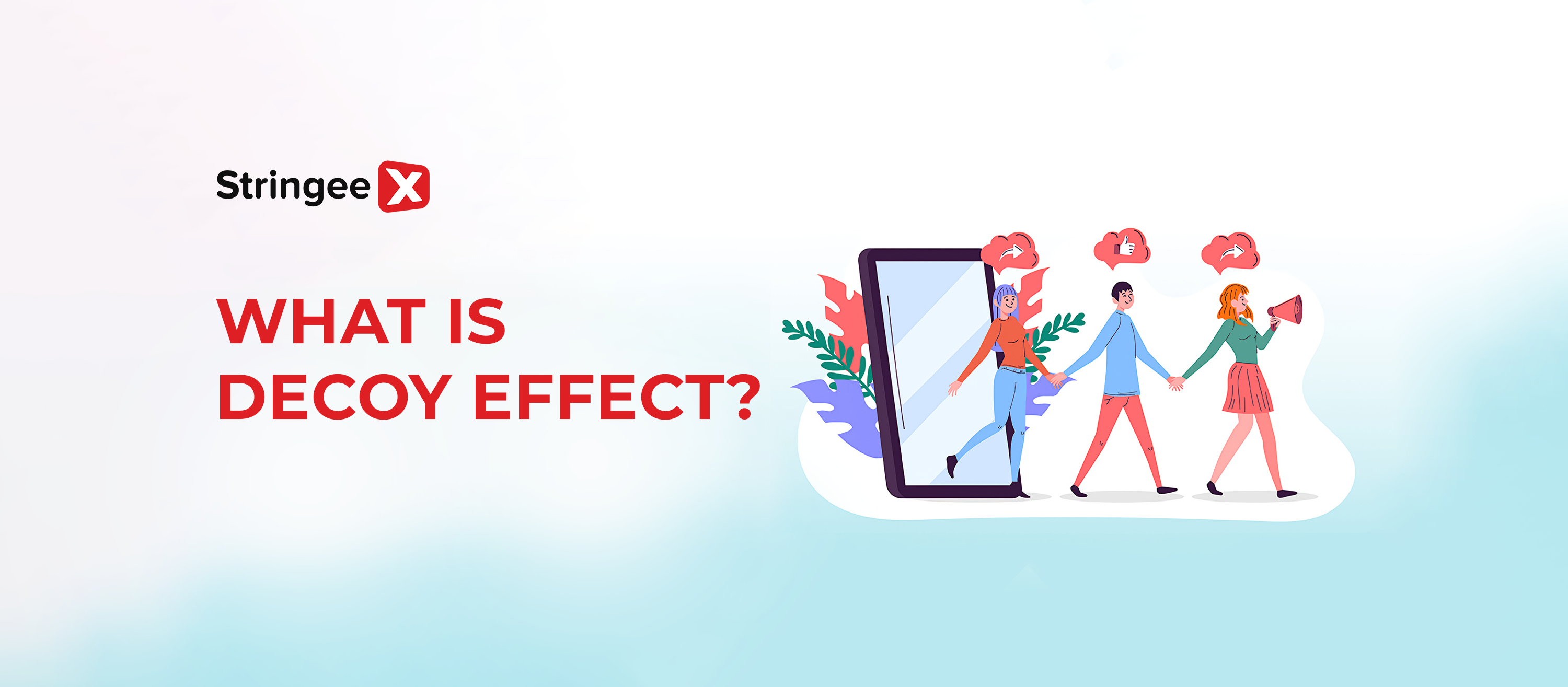Introduction
Understanding the difference between customer experience and customer service is essential. While often confused, they're distinct. Customer service focuses on solving specific customer issues. Meanwhile, customer experience is the overall impression a customer has with a brand. Knowing how they connect helps improve service and strengthen your brand. Follow us to discover 7 main differences between them.
The main difference between customer experience and customer service - Source: Pix4free
What Is Customer Experience?
Customer experience, or CX, is how customers feel about all their interactions with a brand. Everything from seeing the ads to buying the product and getting support afterward is included in this. All these touchpoints, like visiting the website or talking to customer service, add to their overall impression.
CX has three main pillars: people, process, and product. People refer to helpful and friendly service. The process is about creating ease of doing things, such as fast payments or easy-to-access support. Product guarantees that the items meet customer needs and are easy to use.
What Is Customer Service?
Customer service is the act of taking care of customers at every step of their journey with a brand: before, during, and even after making a purchase. It could be done by a real person or through self-service options like FAQs and chatbots.
Great customer service aims to provide quick and effective solutions to problems. This shows customers that they are valued. It means being empathetic, prompt, and accessible on the most convenient channels for customers. It could be social media or messaging apps.
Companies like Feed, for instance, make the service better with live chats to respond faster to customers and keep them updated proactively. Thus, they show commitment to clear and caring communication.
7 Main Differences Between Customer Experience And Customer Service
Scope
The first difference between CX and customer service is the scope of focus. Customer experience covers all the ways a customer interacts with a brand throughout their buying journey.
It considers how customers feel and engage with a brand throughout each and every stage. The goal is to make the whole relationship with the brand straightforward and enjoyable.
On the other hand, customer service involves a specific problem or need at a given point in time. Customer service occurs when a customer has a problem or question and initiates contact. It's about fixing an issue of the customer at that particular moment and not about shaping the whole experience.
The scope of focus between CX and customer service - Source: Picpedia
Control Level
Customer experience is partially influenced by the brand. The company shapes how customers feel at each touchpoint, but there are other influencers as well: external, customer perception, and things like reviews or social media opinions. A customer's experience can even be affected by their mood or day.
On the other hand, customer service is entirely under the control of the company. It relates to directly helping customers. When customers call for help, the company controls how the situation is managed.
The tone, response rate, and resolution are all controlled by the company. These make customer service a more controlled part of the customer journey.
If you're looking for a call center for effective communication with customers, reach out to StringeeX!

Ownership
Customer experience is a collective responsibility. It's not just one single department but involves marketing, sales, and product teams working in tandem. Every team contributes something, no matter how small, which shapes the overall experience the customer will have with the brand. Customer experience is impacted by how it all comes together.
Customer service, however, is mostly done by the customer support team. This team directly interacts with the customers to solve issues and answer queries. Although the other teams might indirectly affect customer service, it's actually the support team that has to provide help and assistance right away.
Customer experience involves all teams, while customer service is handled by support - Source: The Blue Diamond Gallery
Reactive Vs. Proactive Approach
Customer experience is proactive because businesses try to improve it even before the customers realize there is a problem. They would think of what the customer might want and make the experience smoother at each touchpoint.
For instance, companies use data, surveys, and customer feedback to find out about problems before they become larger issues. They might change the website, enhance the product offerings, or smooth out a frustrating process to keep it from becoming that way.
On the other hand, customer service is reactive. It only takes place when the customer gets in touch because they have a problem.
That could be for any number of reasons, from a question about a product to a complaint about a delay in delivery. In this scenario, the company doesn't take the initiative to fix things in advance but instead waits for the customer to raise the concern.
When the customer finally gets in touch with support, the company responds by either fixing the problem or providing help. Here, the focus is on fixing problems after they have occurred rather than preventing them in the first place.
Metrics
Customer experience is measured with broader metrics. These include customer lifetime value (CLV), churn rate, and retention. These metrics show how customers feel about the brand over time. They reflect long-term relationships, customer loyalty, and how often customers return.
Customer service is measured by more specific metrics. These include Customer Satisfaction Score (CSAT) and first-response time. These metrics focus on individual interactions. They track how quickly issues are resolved and how happy customers are with the service.
Ongoing Relationship Vs. Isolated Event
Customer experience is a continuing relationship with the brand. It develops through repeated exposure to various dimensions of the business over time.
In the long run, every touchpoint, from marketing, product use, or contact with the support team after purchase, builds on that relationship and transforms the emotional state of the customer relative to the brand.
Customer service, on the other hand, is a singular event. It happens due to a specific need or problem of the customer and tends to end the moment the problem is solved.
Customer service doesn't always build long-term relationships. This is because it caters to an immediate need and, in most cases, doesn't determine future interactions with the brand.
Impact On Brand Perception
Customer experience shapes how people view a brand as a whole. It is formed through every interaction before, during, or post-purchase. When these experiences are positive, they can breed lasting loyalty. Customers are ready to come back if their overall journey is pleasant.
Customer service has an effect on satisfaction at that instant. When a customer calls for support, how the company reacts influences his/her short-term impression.
It reinforces short-term satisfaction if the problem is addressed well. However, customer service alone rarely creates long-term loyalty. Instead, it focuses on addressing the current needs of the customers.
Customer experience shapes how people view a brand as a whole. Source: Griffin Law
Which One Is More Important?
Both customer service and customer experience are essential. Customer experience is broader; it includes every interaction a customer has with a brand and shapes long-term loyalty. However, customer service is a key part of this experience. A single bad service interaction can harm a customer's view of the brand, even if other interactions are positive.
The data shows why both matter. Most customers will pay more for a good experience, and they're loyal to brands that help them during issues. Still, multiple poor service interactions can push them to competitors. Companies that prioritize both customer service and customer experience are more likely to exceed retention goals and boost their profits.
The best approach is to combine both. When customer service supports a great overall experience, it builds satisfaction, loyalty, and long-term success.
Conclusion
In conclusion, the key difference between customer experience and customer service is their focus. Customer experience covers the entire customer journey with a brand, involving many touchpoints. Customer service, on the other hand, handles specific issues at one point in time. Balancing both is essential for business success.
For more insights into customer services, contact StringeeX today!











